Tags: Mars
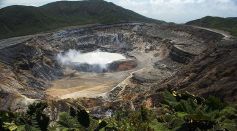
Volcanic Bacteria That Thrives in Boiling, Acidic, Toxic, Lake In Costa Rica May Hold Answers To Life in Mars

Close Encounter of the Moon, Mars and Other Planets Will Be Happening This Weekend; When to Watch
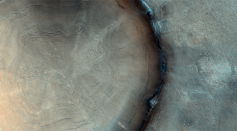
ExoMars Trace Gas Orbiter Spotted a Giant 'Tree-Stump' On The Red Planet's Surface

Bouncing Boulders on Mars: Is It Related To Quakes On Red Planet?

Water On South Pole Of Mars Is Just A Dirty Mirage, Study Says

NASA Perseverance Rover Successful at Declogging Rock Pieces Out of Sampling Tubes [Watch]

Asteroid Collisions That Formed Martian Craters Have Been Consistent For Over 600 Million Years

Asteroid Impacts the Inner Solar System for the Last 600 Million Years
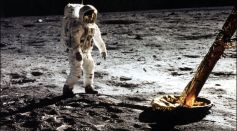
NASA Offers Challenge and Reward In Finding Solution For Waste, Trash Sustainable Reprocessing In Mars and Other Space Missions; How to Join
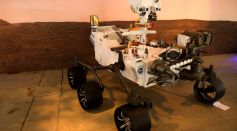
NASA Executed Plan of Cleaning Perseverance Rover Weeks After Martian Pebbles Got Stuck While Collecting Samples

NASA Mars Curiosity Rover Finds Carbon On Red Planet; What Does It Mean?
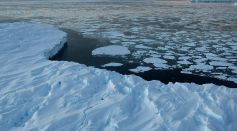
Martian Meteorite In Antarctica: New Study Debunks NASA, Bill Clinton's Claim Over Organic Compound in Mars

NASA's Nightmare Came True After InSight Lander Went Offline Due To Extreme Dust Storms, Cutting Communication Line With Ground Team

Life on Mars? NASA Perseverance Rover Captures What Looks Like a 'Human Skeleton' and 'Animal' Buried on the Red Planet

Martian Meteorite Found In Antarctica: Organic Compound in Mars’ ALH 84001 Not Biological?
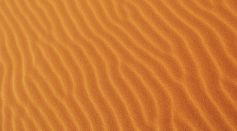
Hidden Math Behind Sand Megaripples on Earth Could Help Improve Ability to Infer Past Climate Events

NASA Mars InSight Lander in Safe Mode After Facing Dust Storms on Red Planet

Existence of Life in Mars Possible in 20 Years, Expert Says

NASA Perseverance Rover Chokes While Getting New Rock Sample On Mars

NASA's Mars Ingenuity Helicopter Preparing for Its First Flight in 2022: Where Is It Going Next?
Most Popular

Black Hole Explained: The Science, Discovery, and Mysteries of the Universe's Darkest Objects

The Science of Sleep: Why It Matters and How Brain Cycles Restore Your Health

Navigating Genetic Engineering Ethics: Key Questions in the CRISPR Debate and Bioethics Boundaries

Neuroplasticity Explained: Unlocking Brain Rewiring for Better Mental Health Science





